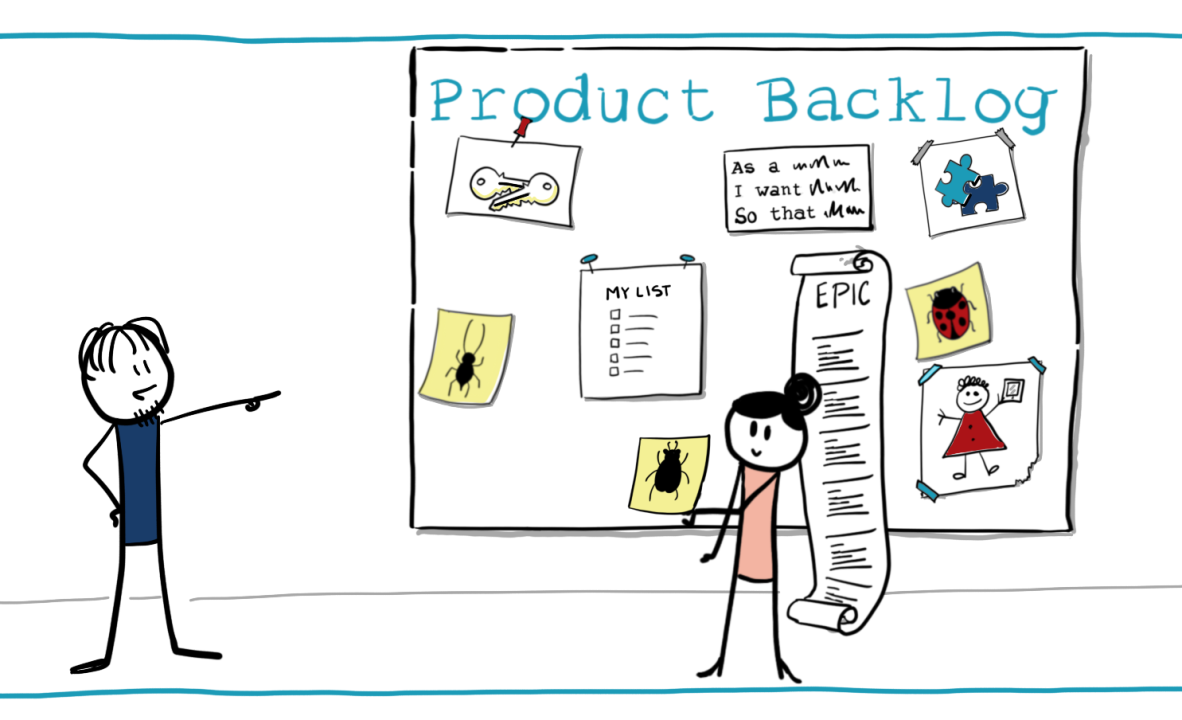Introduction: In the context of an integration project with an insurance client, prioritizing the product backlog emerges as a pivotal task for enhancing agility and customer satisfaction. This case study delves into the strategies employed during this project to effectively prioritize the backlog, ensuring alignment with business objectives and customer needs.
Background: Within the dynamic realm of insurance software solutions, the integration project faced the challenge of reconciling diverse stakeholder requirements while delivering value-added features to end-users. As a product owner, navigating this landscape necessitated strategic backlog prioritization to drive project success.
Challenges Faced: During the integration project, several challenges in backlog prioritization emerged:
- Understanding and reconciling the varied needs and preferences of multiple stakeholders within the insurance client’s organization.
- Balancing the integration of legacy systems with the development of new features, while ensuring seamless user experience.
- Identifying and prioritizing backlog items with the greatest potential for enhancing operational efficiency and customer satisfaction.
- Facilitating effective communication and collaboration among cross-functional teams and external partners involved in the project.
Strategies Implemented:
- Stakeholder Engagement and Alignment: The product owner fostered close collaboration with stakeholders from different departments within the insurance client’s organization, including underwriting, claims processing, and customer service. Regular workshops, stakeholder interviews, and feedback sessions were conducted to gain insights into their priorities and pain points, informing backlog prioritization decisions.
- Business Value Assessment: Backlog items were evaluated based on their potential to deliver tangible business value, such as reducing processing times, improving data accuracy, or enhancing customer satisfaction. This assessment was guided by predefined criteria aligned with the insurance client’s strategic objectives and key performance indicators.
- Risk Mitigation: Recognizing the inherent risks associated with integrating disparate systems and introducing new features, the product owner prioritized backlog items that addressed critical dependencies, technical constraints, and regulatory requirements. This proactive approach minimized project risks and ensured smooth progression towards key milestones.
- Iterative Feedback Loops: Continuous feedback loops were established with end-users, internal QA teams, and external partners throughout the development lifecycle. User acceptance testing, beta releases, and feedback surveys provided valuable insights into feature usability, performance, and alignment with user expectations, facilitating iterative refinement of backlog priorities.
Results Achieved: Through the implementation of these strategies, the integration project achieved significant outcomes:
- Seamless integration of legacy systems and new features, resulting in enhanced operational efficiency and process automation within the insurance client’s organization.
- Improved data accuracy and accessibility, leading to faster decision-making and superior customer service experiences.
- Strengthened stakeholder relationships and collaboration, fostering a shared vision and commitment to project success.
- Enhanced project transparency and risk management, enabling timely identification and mitigation of issues throughout the development lifecycle.
Lessons Learned: Reflecting on this experience, several key lessons emerged for effective backlog prioritization in integration projects:
- The importance of stakeholder engagement and alignment in shaping backlog priorities and ensuring project success.
- The need for a structured approach to assessing and prioritizing backlog items based on their business value and alignment with strategic objectives.
- The value of proactive risk mitigation strategies in addressing technical complexities and regulatory challenges inherent in integration projects.
- The critical role of iterative feedback loops in validating assumptions, refining features, and maximizing user satisfaction throughout the development process.
Conclusion: In conclusion, effective backlog prioritization is essential for driving success in integration projects within the insurance industry and beyond. By leveraging stakeholder engagement, business value assessment, risk mitigation, and iterative feedback loops, the integration project successfully optimized its backlog prioritization process, delivering value-added solutions and positioning itself for future growth and innovation.
